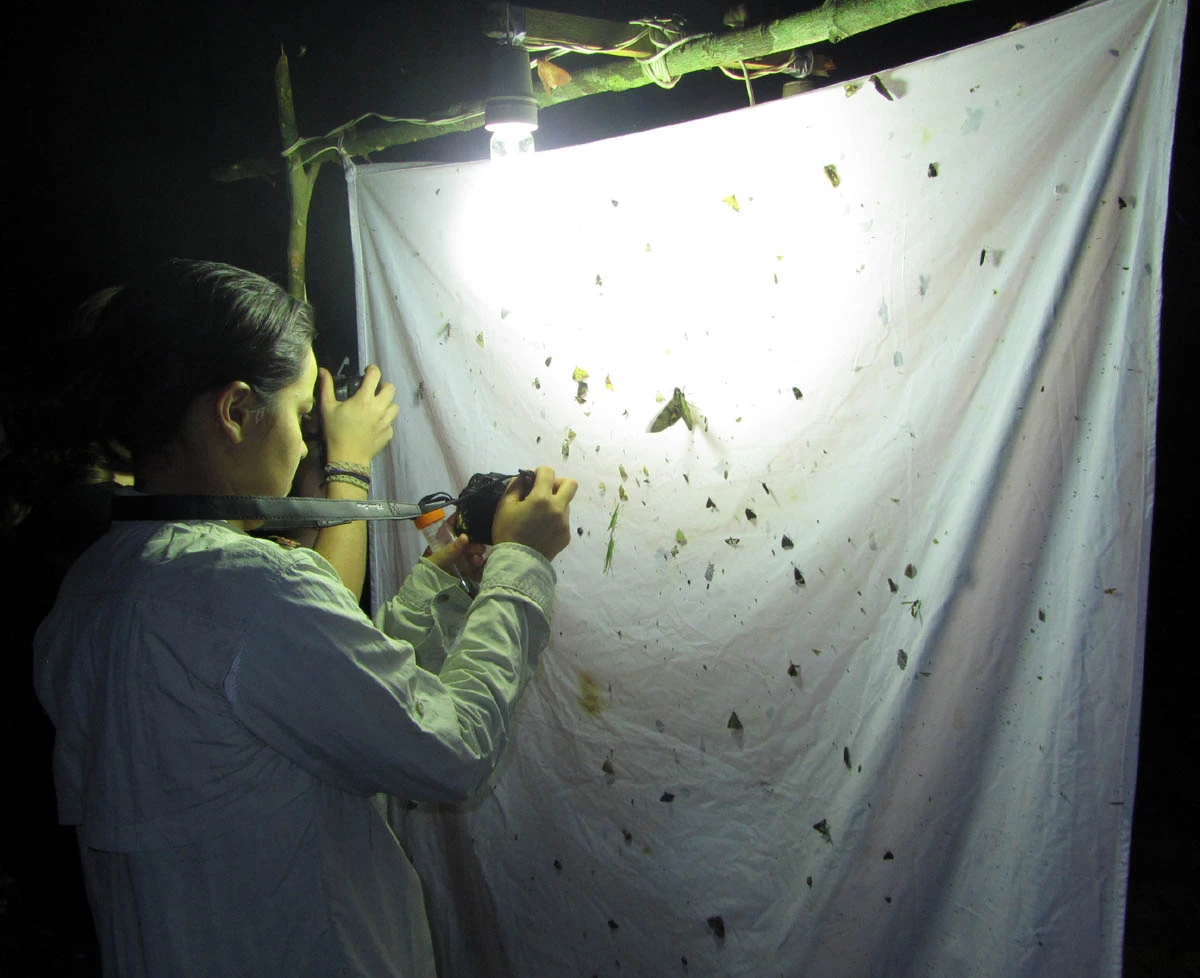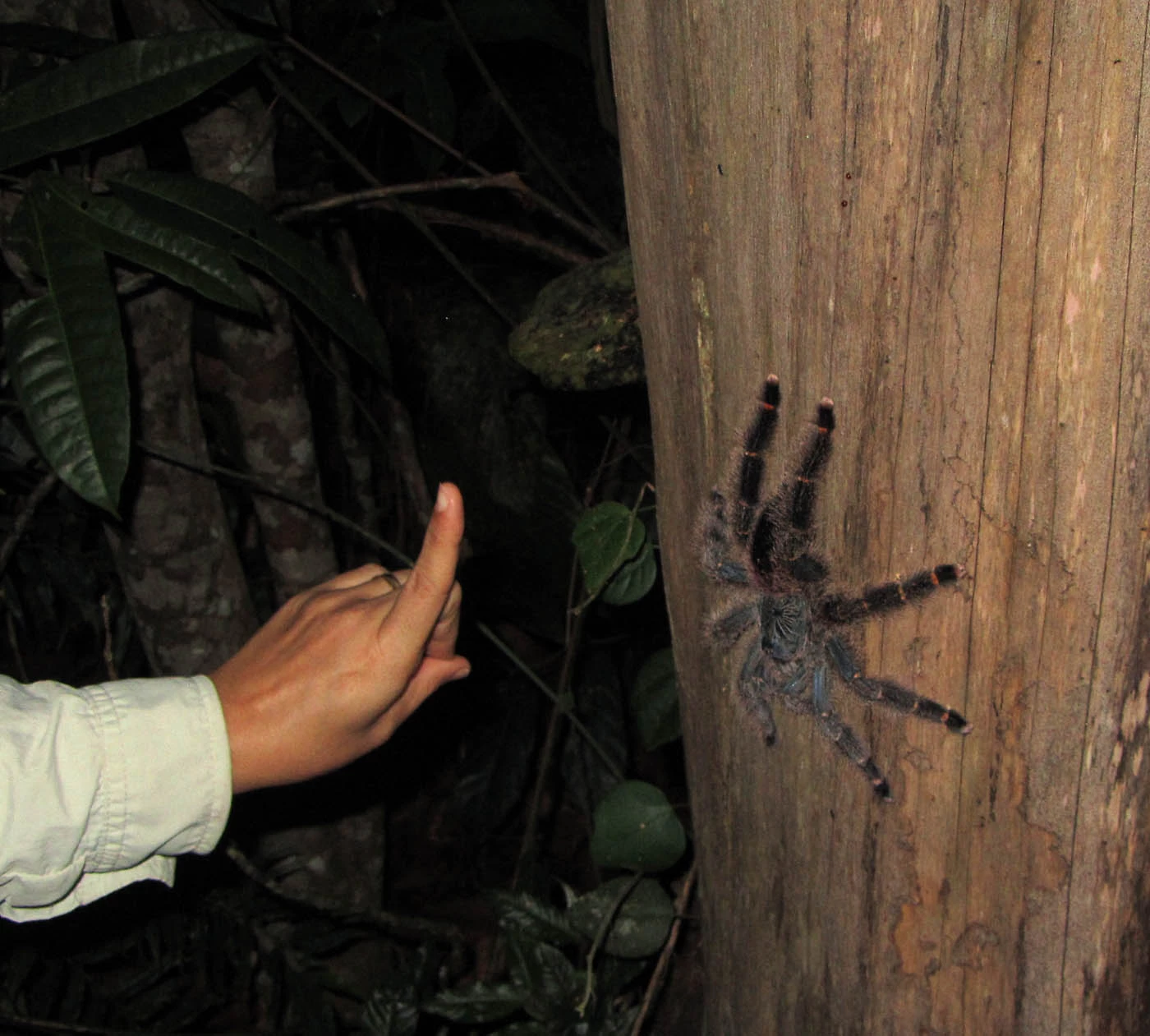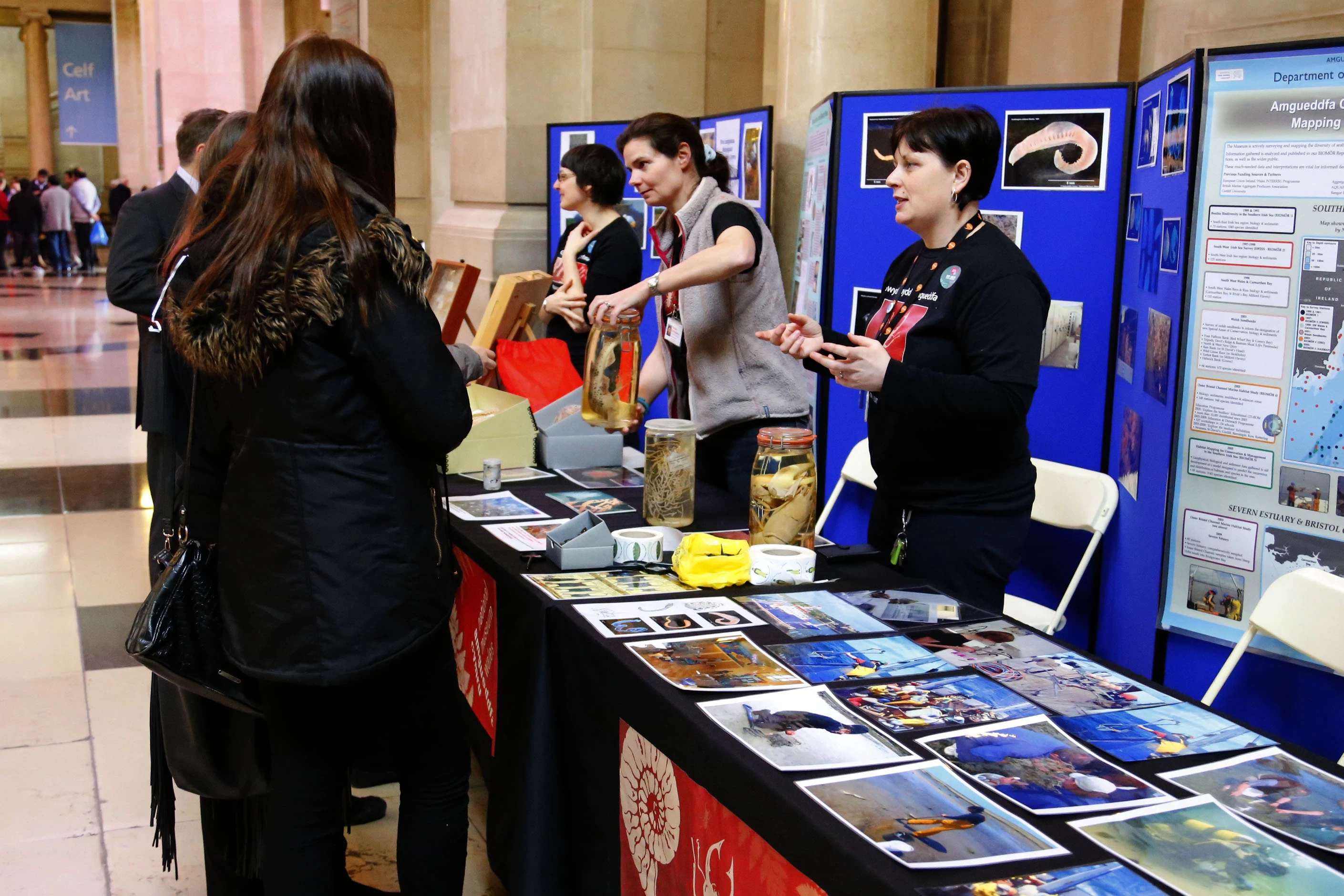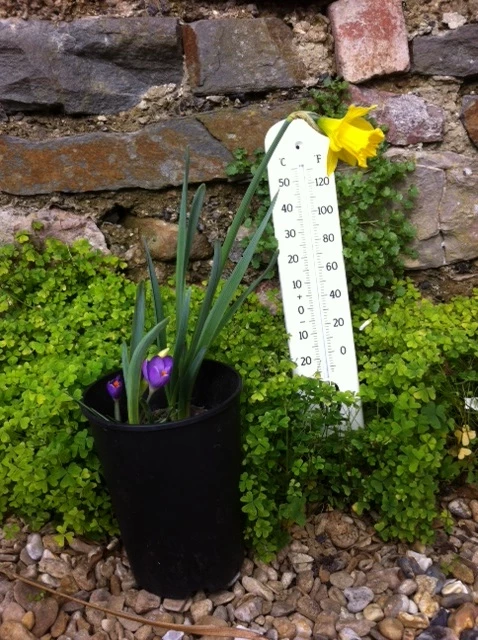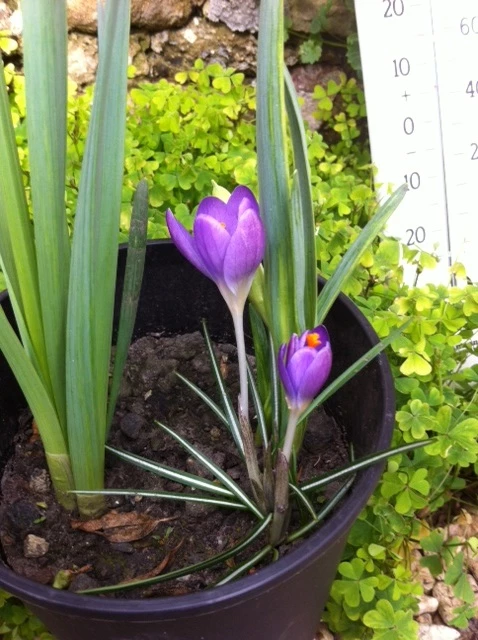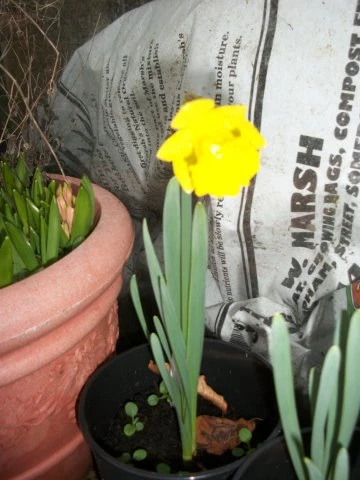I am so excited because my flowers have finally opened! They are so pretty and make me smile every time I see them! My crocus opened on 16 March and was 90mm tall, my daffodil opened one day later and was 240mm tall. Here is a photo of them.
Thankyou very much Stanford Gardening Club from Stanford in the Vale CE Primary School in England for sending me a photo of your first daffodil! Would anyone else like to send me some photos of their plants? I will put them on the website too!
Which schools have had their first flowers?
Abronhill Primary School, Culross Primary School, and Glencairn Primary School in Scotland, and Christchurch CP School, Coleg Meirion Dwyfor, Gladestry C.I.W. School, Rogiet Primary School, Ysgol Clocaenog, Ysgol Gynradd Cross Hands, Ysgol Deganwy and Ysgol Santes Tudfulin Wales, have all seen their first flowers open. In England, Arkholme CE Primary School, Burscough Bridge Methodist School, Coppull Parish Primary School, Hillside Specialist School, John Cross CE Primary School, Pinfold Primary School, Scotforth St. Paul's CE Primary School, SS Philip and James CE Primary School, St Laurence CE Primary School and Woodplumpton St. Anne's Primary School all sent their first flower records. Well done to all these schools!
One more week to go…
There is only one more week to go before the Spring Bulbs project deadline. Please remember to send in your records by the 28 March.
What do you do if your flowers have not opened by the deadline?
Please keep sending in flower data! If your flowers have not opened and you would like to carry on with your investigation then please do! When they open you can still record the flowering date and plant height on our website.
I set a deadline because every year I write a special report that gives a summary of all the data sent in so far. I need to write the report in April. All records sent in before the deadline will be included in this year’s report. Records sent in after the deadline will be added to our database and will be included in next year’s report.
All the records that you send are very important. I promise you that all your data will be included in the project and will help the investigation to be more accurate in the future.
Have you seen any signs of spring while you have been out playing? On the weekend I saw a bumblebee, a ladybird and some little baby lambs! I looked in a pond but I didn’t see any frogspawn. Have you seen any frogspawn? What other signs of spring have you seen?
Would you like to be a Nature Detective? The Woodland Trust have lots of Fun Spring Activities for you to do, click here for how to spot the early signs of Spring. Click here for lots of other fun Spring ideas.
Your questions, my answers:
Ysgol Bro Eirwg: Roedd y mesurudd glaw yn llawn ar ddydd Llun gan ei fod wedi casglu'r holl law dros hanner tymor. Rydym ni yn gyffrous iawn bod rhai o'r bylbiau wedi dechrau agor. Rydym wedi sylwi bo'r bylbiau sy'n agor yn hwyrach llawer yn llai, oes rheswm am hyn? Athro’r Ardd: Rydw i’n falch iawn bod eich blodau chi yn agor Ysgol Bro Eirwg! Da iawn chi am arsylwi mor ofalus ar y planhigion a gofyn cwestiwn gwyddonol gwych. Yr ateb yw… dwi ddim yn siŵr!! Efallai bod rhai o’r bylbiau yn llai na’r lleill wrth gael eu plannu. Gallai hyn olygu eu bod nhw’n cymryd mwy o amser i flodeuo a’u bod nhw’n llai o faint. Oes gennych chi unrhyw syniadau i’w esbonio? Sut fyddech chi’n profi eich syniadau wrth dyfu rhagor o blanhigion y flwyddyn nesaf?
Raglan VC Primary: Our flowers are blooming now! The shoots are 85 cm tall! Prof P: Do you mean 85mm tall Raglan? An 85cm tall flower would be HUGE!
Glencairn Primary School: It was very foggy on Thursday night and Friday morning! Prof P: Great weather reporting. I love fog, it’s quite spooky isn’t it?
Hillside Specialist School: Our first flower opened. By K. Prof P: Well done K and everyone else at Hillside School.
Greyfriars RC Primary School: It was fun me and R. really enjoyed it. Prof P: Hooray!
SS Philip and James CE Primary: A lot of our crocus flowers had come out over the holidays! Prof P: Fantastic! A lot of people’s flowers opened during the holidays.
Pinfold Primary School: Mystery bulbs started opening on Monday. We think they're daffodils. Other bulbs are growing very well. Prof P: Great news Pinfold.
Ysgol Terrig: our bulbs are growing great they are now 7cm tall !!!!! Prof P: Fantastic news Ysgol Terrig!
Chatelherault Primary School: During the week it has been sunny and because of this our plants has started to blossom although the flowers are still closed. We have had a lot of spiders in our pots. Prof P: Oooh, how cool! I love spiders! Their webs are so beautiful and the way they make them is so clever.
Culross Primary School: We have been very busy in P5-7 recently with trips to Scottish Parliament and also the Foodbank with a collection we organised. Sorry for the lack of records for Tuesday and Thursday! Matt is the name of my daffodil and he was the first one to flower here at Culross PS. It has been quite warm here at Culross and we haven't had any snow, so the daffodils are now beginning to grow. O's crocus is called Coco and measures 50mm. Her’s is the first crocus to flower here at Culross. Well done to O.! Prof P: Wow you sound like you have had some really interesting school trips Culross Primary. Well done for collecting for the Foodbank. I love the names you have given to your plants!
Darran Park Primary: The first crocuses flowered on the 7th of march. Their colour is purple\violet. The bees have already started collecting the pollen and they are 6 cm tall. Some of the other crocus bulbs have only just started to sprout through the soil. Prof P: Great observations Darran Park, I like your description of the crocuses as purple/violet.
Arkholme CE Primary School: Sun shining at last it is doing the flowers a world of good they have come out to see it!!! Prof P: It is doing me the world of good too Arkholme!
Many Thanks
Professor Plant












